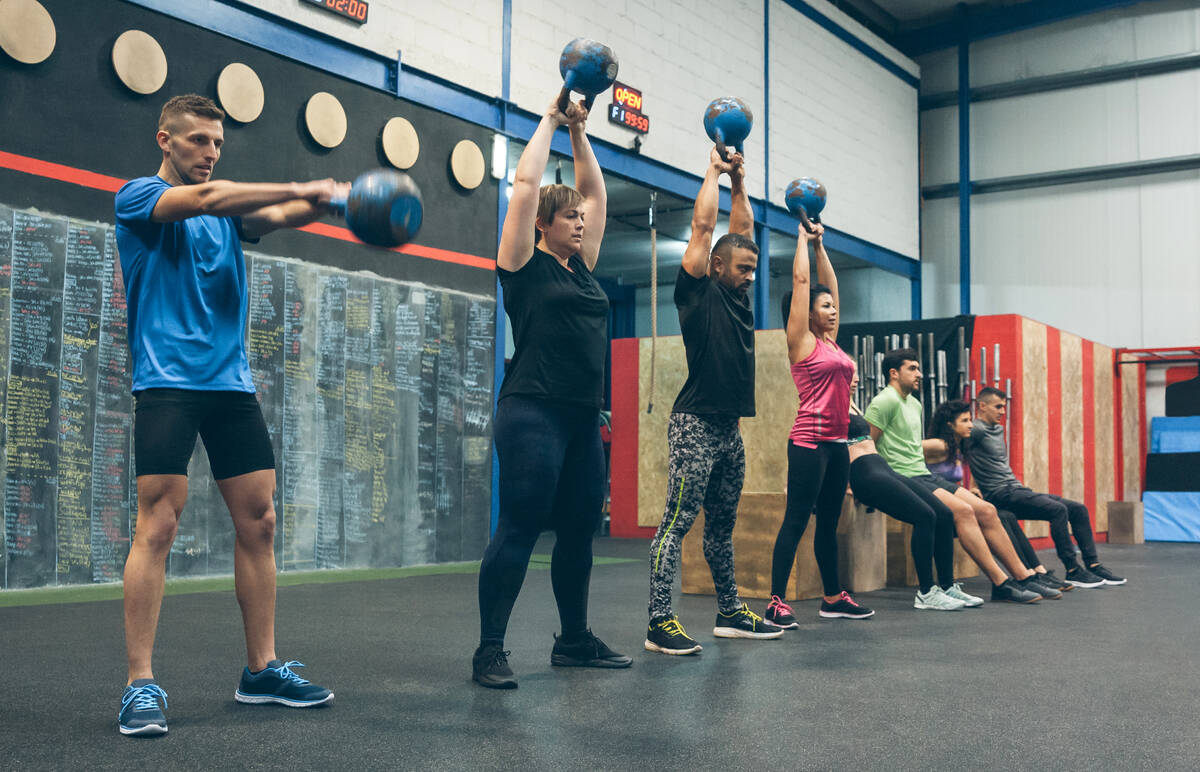How high-intensity functional training can change your body

In 1996, Dr. Izumi Tabata published a groundbreaking study on high-intensity interval training, or HIIT, and its effects on aerobic (VO₂ max) and anaerobic capacity in young, physically active men using a cycle ergometer.
This influential research became one of the most cited studies in exercise science, inspiring the now-famous Tabata training protocol. It consists of eight rounds of 20 seconds of maximal effort cycling, each followed by 10 seconds of rest, totaling just four minutes per session. Participants in the original study performed this workout five days per week for six weeks.
While Tabata training is often promoted for fat loss, these claims are based on its high intensity and potential for increased calorie burn, not on direct evidence from the original research. One clear benefit is the efficiency of the workout, which can significantly reduce time spent exercising.
Because Tabata workouts typically involve aerobic activities such as cycling, rowing or running, participants may experience a decrease in body fat and an increase in power output, though no change in lean muscle mass was reported in the research.
The popularity of the Tabata protocol has inspired other exercise programs that substitute aerobic activities with multiple-joint, functional-strength exercises while maintaining a high-intensity interval structure. Research shows that this approach can decrease body fat and increase lean muscle mass.
This training style is known as high-intensity functional training, or HIFT.
What is HIFT?
HIFT features exercises designed to mimic real-life activities and can be scaled to any fitness level, making it accessible to a wide range of participants. Popular movements include squats, lunges, hip hinges, and pushing and pulling drills.
These exercises require more technique than traditional HIIT movements, so it is recommended that participants stop sets before reaching complete fatigue to avoid form breakdown and reduce the risk of injury. Intervals are commonly used to structure workouts, either by working for a set period (such as 20 to 30 seconds) or by performing a set number of repetitions every minute on the minute.
Documented benefits
A 2023 research meta-analysis reported significant improvements in both upper and lower body strength and power with HIFT. Other studies have shown that the varied, functional nature of HIFT leads to greater overall muscle recruitment compared with repetitive HIIT. Regular participation in HIFT has also been linked to measurable gains in flexibility.
A typical HIFT workout might include bodyweight squats, kettlebell swings, pushups, dumbbell rows and planks, performed in 30-second work intervals followed by 15 seconds of rest. This format is repeated for three to four sets of each exercise. Self-limiting exercises, movements that naturally curb your ability to continue with poor form, are excellent choices for these sessions.
Motivation and adherence
Compared with traditional strength training, HIFT workouts tend to be shorter. A comprehensive 2021 review found that the length of time required to complete a workout is a key factor in exercise adherence: As session duration increases, adherence drops.
HIFT sessions typically last 20 to 45 minutes. Participants often report higher motivation and enjoyment compared with those in traditional strength or moderate-intensity exercise programs. The group setting common to HIFT fosters a sense of community and belonging, which may further encourage long-term participation.
HIFT is a versatile and effective training style that improves multiple areas of physical fitness, particularly strength, power, flexibility and sport-specific performance, while also enhancing motivation and adherence through its community-driven approach. Its physiological benefits are comparable to traditional endurance and HIIT protocols, making it a viable, time-efficient option for athletes as well as the general population.
Doug Sheppard is a certified personal trainer with 34 years of experience and the owner of J&D Fitness Personal Training Studio in Las Vegas.